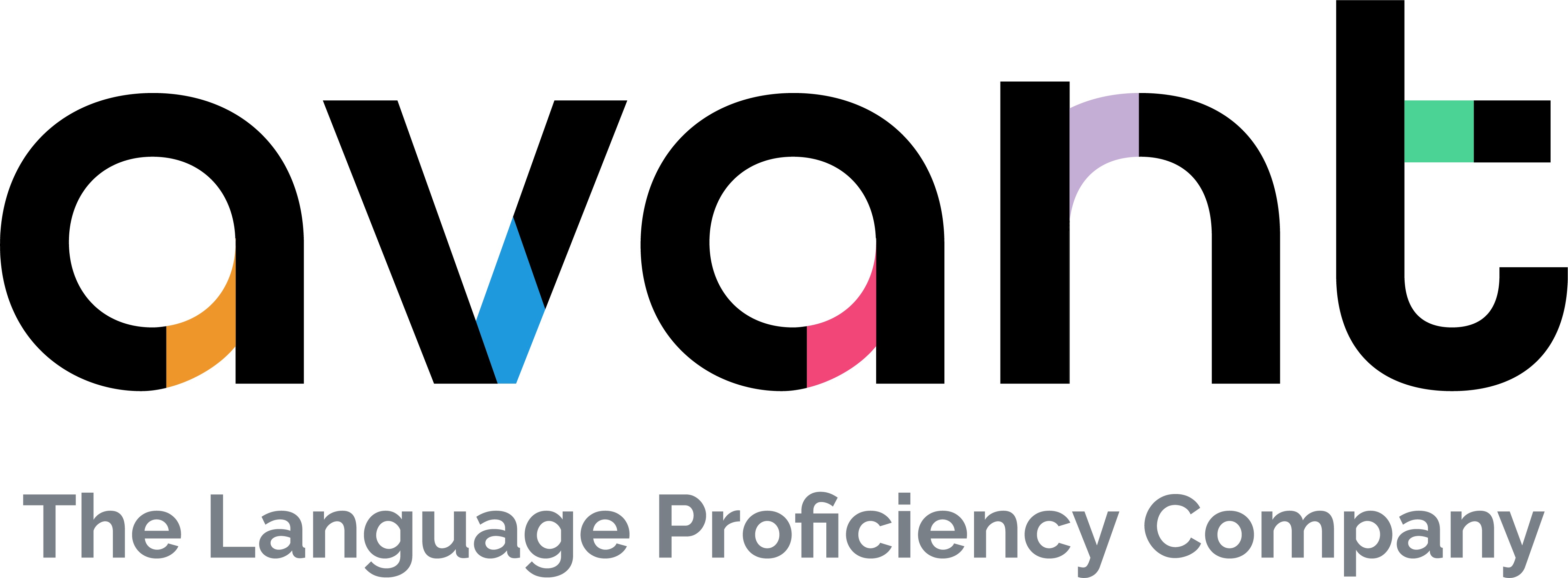One of the recurring themes from principals around ESSA implementation has been, “Well, I’m just going to wait for my superintendent to tell me what to do.”
Actually, according to experts from the National Association of Elementary School Principals who shared at the 2017 National Principals Conference in Philadelphia and spoke on background for this article, the law was designed to be much more bottom-up than previous laws, and you should reach out to your superintendent with plans you’d like to see implemented in your school to help improve outcomes for all learners therein.
The requirement for increased stakeholder engagement is vague, but it translates into the idea that principals, and even teacher-leaders, should be more involved in the decision-making process at the district level through regular consultation with district leadership.
"I don’t know if principals are asking the questions, but it seems that a lot of them have very little knowledge about their state plans," said National Association of Secondary School Principals Director of Advocacy Amanda Karhuse. "While there was a requirement for stakeholder engagement and input specifically from principals, very few seemed aware of specific opportunities in their states. It’s unclear to me how states communicated to educators that their draft plans had been posted on the website for public review. I expect that a lot of states are now waiting for approval from [the U.S. Department of Education] before communicating to educators about the content of those plans. I think they’ll be most interested in understanding the new accountability system: What criteria will be used to grade schools, and what will happen to schools (and the teachers and principals in those schools) that are underperforming."
Schools that receive Title I or Title II funding are required on a recurring basis to update their plans for how they will use those funds. This is a departure from the requirement of state plans, which remain in place until the state decides to amend them — districts must continuously provide information on how money for teacher training or support for disadvantaged students is being used, meaning there is a continual opportunity for school leaders to engage in conversations about how to effectively direct that spending.
However, such needs assessments and spending plans could place unintentional burdens of principals who are already stretched for time. One principal decried the “repetitive nature of the requests, the needs of assessments,” saying, “It took me 20 hours this year to complete my plan,” which she pointed out as “a lot of time taken away from me, as principal of the building.”
This is why, officials say, it is important for principals to be continuously involved in providing feedback to states on the process.
Fear of reproach
However, some expressed concerns about pushing back against state leaders on process concerns, as they worried about their own job security. Several principals pointed out the lack of rights and protections for principals — teachers have unions and superintendents have built-in protections, but principals are often left vulnerable to the whims of district leaders, and feedback is not always welcome. Even being equipped with evidence-based information from your district, some principals fear if district leaders don’t like what they have to say, they’ll be terminated or moved.
Officials suggested taking advantage of the support which can be offered by state associations and embracing a “strength in numbers” approach to getting principal voices in the conversation.
States and districts are taking the actual law — now is the time for principals to not shy away from the actual policy.
Identifying the problem
ESSA puts an unprecedented amount of attention on identifying and addressing the differences in needs for various subgroups. Much of the early pushback from the U.S. Department of Education on the first plans submitted saw plans being rejected because of a lack of information about how states planned to address vulnerable populations.
NAESP officials said a lot of folks thought that the federal government would just rubber stamp state plans, but what they found instead was a tremendous amount of initial pushback as the department exercised the ability afforded by the law to, through peer review and other mechanisms, better scrutinize the potential effectiveness of plans.
And, despite a lack of understanding around the repeal of accountability provisions, officials say states are still responsible for ensuring these things are addressed — it just isn’t clear what the repercussions will be if they fail.
"Congress didn’t really eliminate the accountability provisions in the law. They merely provided states the flexibility to create their own accountability systems, but it’s still a requirement that they have them in place in order to receive any funding under ESSA — including Title I," Karhuse said.
"At a minimum, states still have to include in their accountability plans goals on the following: proficiency in reading and math, English language learners attaining English proficiency, and high school graduation rates," she continued. "States must also include an additional indicator of school quality or student success that could include student engagement, educator engagement, student access to and completion of advanced coursework, postsecondary readiness, or school climate and safety. They also have to differentiate underperforming schools in two categories: comprehensive support and improvement; and targeted support and improvement."
However, the needs assessments are perhaps the most critical part of the job, both from an outcomes perspective and a cost-savings perspective. “If you identify the wrong root cause, you’ll bring in the wrong solution,” said one principal in the audience at the National Principal’s Conference. This is a recurring theme: the idea that local schools and districts rush to introduce a solution and then retroactively apply it to a problem, rather than identifying the problem first and seeking out a solution which best fits the need.
What are the teacher training requirements?
While there are no specific requirements for teacher training — a fact some lament, as they decry a lack of consistency across states and even within districts — the requirement to constantly account for how Title II teacher training funds are used provides an opportunity for districts to be innovative.
Federal funding for teacher training has been cut, but experts point to teacher-led (rather than consultant-led) training to provide noticeable differences in teacher engagement and retention and cost-savings.
“Too often decisions are made in education without classroom teacher perspective — because we’re in the classroom, and oftentimes it’s hard to get us out of the classroom” to have these conversations, said 2016 District of Columbia State Teacher of the Year Topher Kandik during a May meeting on Capitol Hill. “We spend about $18,000 per teacher, per year on professional development. …We can be more strategic and effective in the way that we’re spending the money we spend, … and maybe an answer to that is ask teachers what they need.”
However, concerns remain over the dissolution of the “highly qualified teachers” provision of No Child Left Behind which required a bachelor’s degree, state certification and some content knowledge. States now have more freedom to experiment with the qualifications for teachers, but whether this will perpetuate inequities by allowing underqualified teachers to serve in the schools with the most disadvantaged students remains to be seen.






















